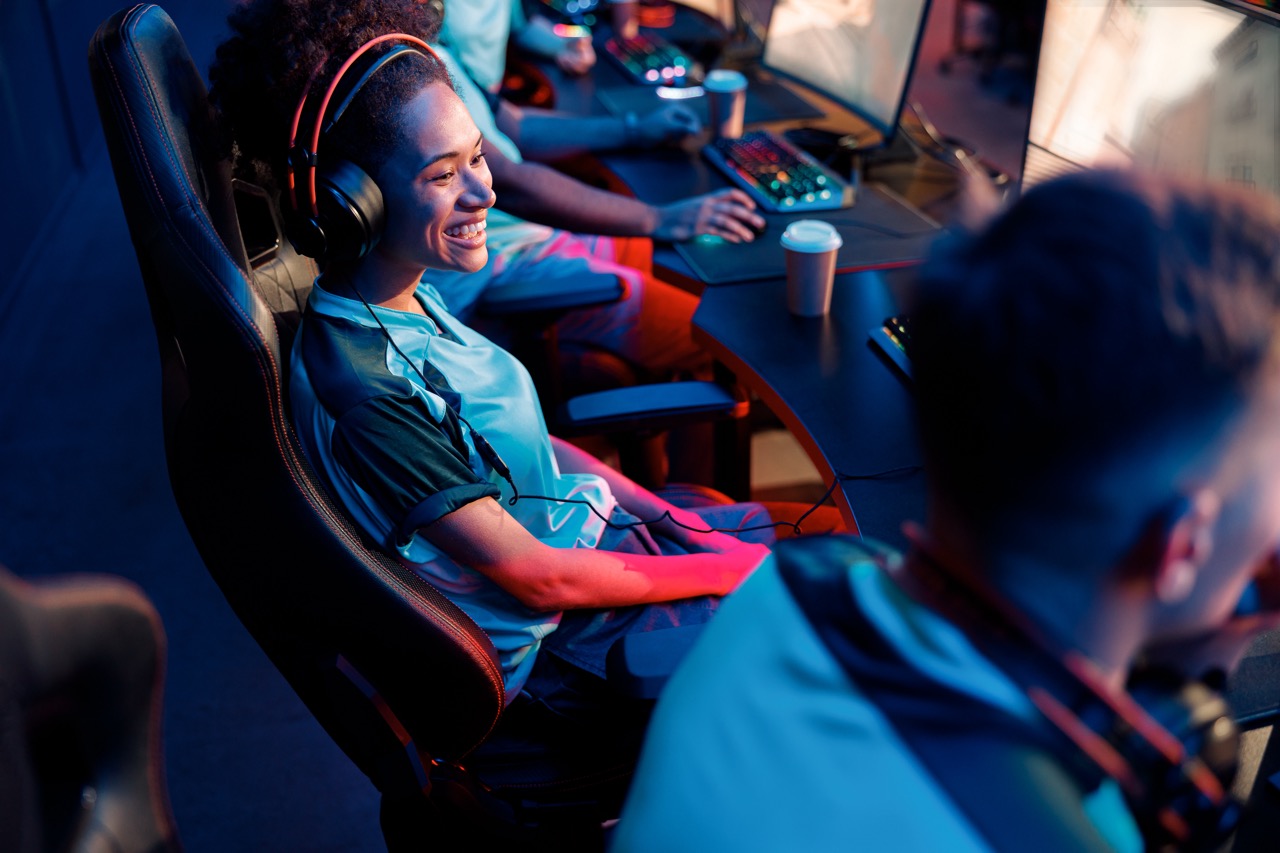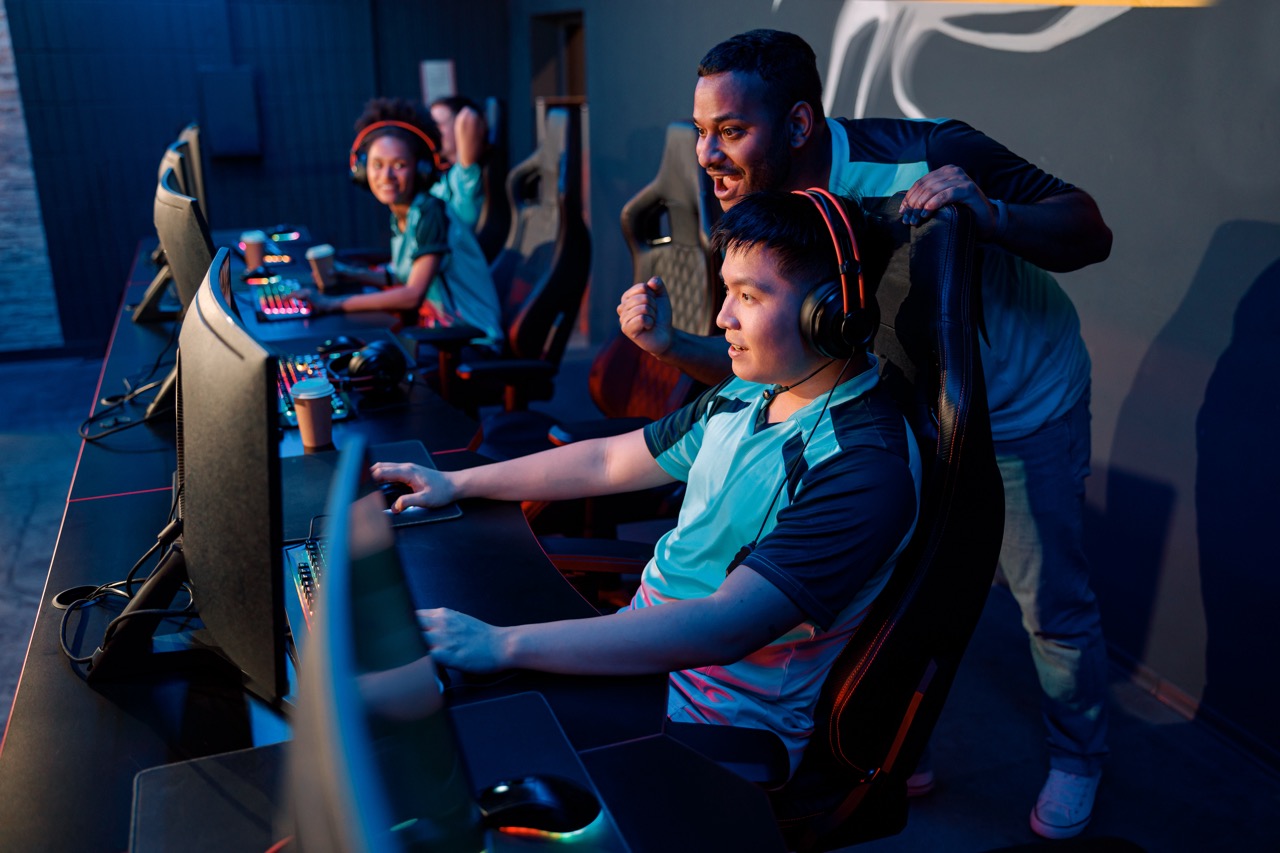Gaming has undergone a radical transformation over the past couple of decades. Once confined to consoles and handheld devices, the industry has seen the rise of a new interactive platform: streaming. Platforms like Twitch and YouTube Gaming have become not just places to showcase gameplay, but vibrant ecosystems where fans engage with their favorite gamers in real-time. This article will explore the evolution of gaming, the fierce competition between Twitch and YouTube, the rise of streamers as new-age celebrities, the impact on gaming communities, the ways gamers are monetizing their streams, and what the future holds for this dynamic landscape.
The Evolution of Gaming: From Consoles to Streaming
Gaming has come a long way since the days of pixelated screens and single-player experiences. Initially, players were tethered to their consoles, sharing gaming experiences in person or through local multiplayer modes. The emergence of the internet changed everything, allowing players to connect globally. This shift paved the way for multiplayer online games, where friends and strangers could team up or compete from the comfort of their own homes.
With the rise of high-speed internet, players began to seek out ways to share their experiences with others. This led to the birth of platforms that allowed gamers to broadcast their gameplay live. First, it was just a niche hobby, but quickly evolved into a full-fledged community. Gamers were no longer just players; they became entertainers, influencers, and content creators, captivating audiences with their skills, humor, and personalities.
Twitch launched in 2011 and became the go-to platform for live streaming gameplay. It allowed gamers to connect with their audience in real-time, fostering interactions that were previously impossible. Meanwhile, YouTube Gaming, which was integrated into the main YouTube platform, offered gamers the chance to upload pre-recorded content, tutorials, and walkthroughs, expanding the audience even further.
Today, streaming has become integral to gaming culture. It’s not just about playing games anymore; it’s about sharing those experiences and building communities around them. This evolution has reshaped the landscape of gaming, creating new opportunities for gamers and redefining what it means to be a player in this digital age.
Twitch vs. YouTube: The Battle for Gamers’ Hearts
As Twitch and YouTube Gaming emerged as the front-runners in the streaming race, they quickly became rivals vying for the attention of gamers and their viewers. Twitch’s focus on live gameplay and real-time interaction has made it a favorite among those who enjoy the spontaneity and unpredictability of live streaming. Gamers can chat, donate, and interact with streamers on a personal level, fostering a sense of community that feels immediate and engaging.
Conversely, YouTube Gaming capitalizes on its massive video library and established audience. It allows users to not only stream but also create and share pre-recorded content. With millions of creators already on the platform, YouTube offers a wider range of content, from game reviews to in-depth tutorials, attracting a diverse audience. This variety can entice gamers who seek more than just live gameplay.
Both platforms have their perks, leading to a unique ecosystem where gamers can choose their preferred method of engagement. Twitch has made strides to incorporate features like clips and highlights, allowing users to share their favorite moments. Meanwhile, YouTube has made significant improvements to its live streaming capabilities, making it a more appealing option for gamers who want to go live.
The competition between Twitch and YouTube continues to heat up, with each platform constantly evolving to meet the demands of their users. Gamers are the ultimate beneficiaries of this rivalry, enjoying an ever-expanding array of content and engagement options that cater to their preferences.
Why Streamers Are the New Celebrities in Gaming
As streaming has gained momentum, so too has the status of streamers. No longer just average gamers, many have ascended to the ranks of superstars, with millions of followers and a significant influence on the gaming community. Streamers like Ninja, Pokimane, and Shroud have become household names, transcending the gaming world to become pop culture icons.
What sets streamers apart from traditional celebrities is their relatability. They connect with their audience through shared experiences, often showcasing their personalities and vulnerabilities during live streams. This authenticity fosters a deeper relationship with fans, as viewers feel like they are part of the journey rather than passive observers. Streamers engage with their communities in unique ways, making followers feel valued and heard.
Moreover, streamers often have the ability to shape gaming trends and influence purchasing decisions. A single endorsement or gameplay session can lead to a surge in popularity for a game or product. This newfound power has attracted the attention of game developers and brands looking to capitalize on the reach and influence of these modern influencers.
As a result, streamers are not just playing games; they are building brands and businesses. With sponsorships, merchandise, and collaborations, they are redefining what it means to be successful in the gaming world. The rise of streamers as celebrities has fundamentally changed the gaming landscape, and they are here to stay.
The Impact of Live Streaming on Gaming Communities
Live streaming has dramatically altered the dynamics of gaming communities, fostering connections among players and fans like never before. Unlike traditional gaming, where players often operated in isolation, live streaming has created spaces for real-time interactions. Communities form around favorite streamers and games, leading to a sense of belonging that keeps fans engaged.
One of the most significant impacts of live streaming is the way it encourages collaboration and camaraderie. Streamers often invite guests to join their streams or collaborate with other creators, showcasing a spirit of teamwork that resonates with their audiences. This collaborative approach promotes a culture of support and friendship, creating a welcoming environment for both new and experienced gamers.
Additionally, live streaming offers opportunities for gamers to learn from one another. Viewers can watch skilled players in action, picking up tips and tricks that enhance their own gameplay. Streamers often engage with their audience by answering questions and providing insights, making the learning experience interactive. This communal sharing of knowledge enriches the gaming experience for everyone involved.
However, the impact of live streaming isn’t solely positive. The pressure to perform and maintain a constant presence can lead to burnout among streamers. Furthermore, gaming communities can sometimes be marred by toxicity, with harassment and negativity seeping into chat interactions. Navigating these challenges requires ongoing efforts from both platforms and the community to ensure a safe and inclusive environment for all gamers.
Monetization Madness: How Gamers Make Bank Online
In the world of streaming, the potential for monetization has attracted an influx of gamers eager to cash in on their skills and personalities. Gone are the days when gaming was merely a hobby; today, many streamers view it as a legitimate career path. The revenue streams available to them are diverse, including ad revenue, subscriptions, donations, sponsorships, and merchandise sales.
One of the most common ways streamers monetize their content is through subscriptions. Platforms like Twitch allow viewers to subscribe to their favorite streamers for a monthly fee, granting them access to exclusive content, emotes, and chat privileges. This creates a steady income stream for streamers, especially when they cultivate a loyal fanbase.
Donations are another lucrative source of income. Fans often show their appreciation for streamers through one-time donations during live streams, which can range from small amounts to substantial sums. This direct interaction creates a sense of connection and encourages viewers to support their favorite creators financially.
Sponsorships and brand deals have also become a significant source of income for top streamers. Game developers and other brands seek to partner with streamers to promote their products to engaged audiences. As brands invest heavily in influencer marketing, streamers have the potential to earn substantial income while promoting games or products they genuinely enjoy.
While monetization is an exciting opportunity, it also comes with challenges. Streamers must navigate the ever-changing landscape of content creation and advertising, ensuring they adhere to platform guidelines while maintaining authenticity. Striking the right balance between monetization and genuine engagement can be tricky, but those who succeed can build thriving careers in the gaming industry.
The Future of Gaming: Streaming Trends to Watch Out For
As technology continues to evolve, the future of gaming and streaming looks incredibly promising. Innovations like virtual reality (VR) and augmented reality (AR) are poised to change the way we experience games, offering immersive environments that will surely attract new audiences. Streaming platforms will likely adapt to these trends, incorporating VR and AR features that enable viewers to participate in the experience in novel ways.
Another trend to watch is the integration of artificial intelligence (AI) into streaming. AI could enhance viewer engagement by personalizing content recommendations based on user preferences and behavior. For streamers, AI can assist in managing chat interactions, automating moderation tasks, and even generating real-time analytics to help improve content strategy.
Esports is another area that will continue to shape the future of streaming. Competitive gaming has surged in popularity, with professional tournaments streaming live to millions of viewers. As esports gains traction, we can expect to see increased collaboration between game developers, sponsors, and streaming platforms, creating lucrative opportunities for gamers and content creators alike.
Finally, as gaming becomes more mainstream, we may see an increase in regulatory scrutiny regarding monetization practices. As platforms navigate the complexities of content creation and advertising, both streamers and platforms will need to be transparent about their practices to foster trust within the community. The future of gaming and streaming is bright, and as we move forward, it will be exciting to see where these trends take us.
In conclusion, the rise of streaming has fundamentally changed the gaming landscape, offering new ways for players to connect, share, and monetize their passion. Platforms like Twitch and YouTube Gaming have created vibrant ecosystems where gamers can thrive as entertainers and influencers. While the future remains uncertain, the trends we’re witnessing suggest that streaming will continue to evolve, shaping the way we experience and engage with games. So, whether you’re a casual player or an aspiring streamer, it’s a fascinating time to be part of the gaming community.










